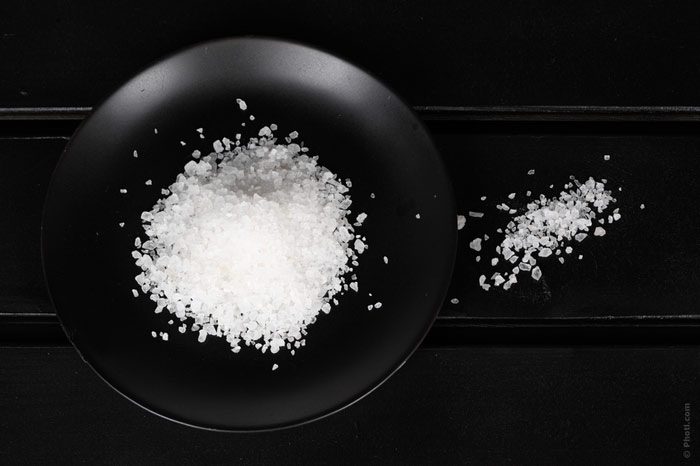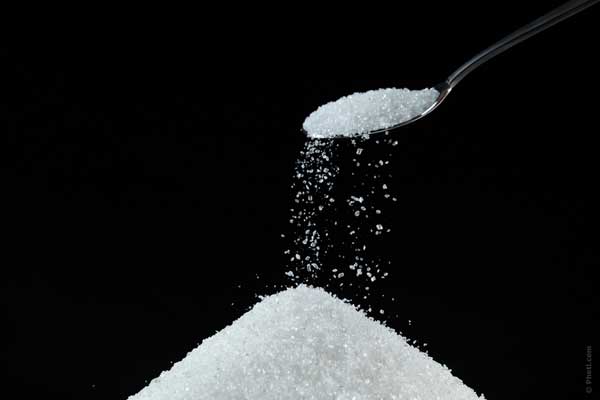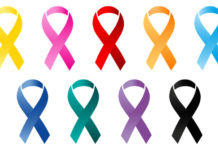Salt is essential for our body. However, too much salt can harm you. A large amount of salt retains moisture and slows down metabolic processes in the body. How much salt is needed and how to understand that you are having too much of it?
You constantly feel thirsty
Everything is logical: salt takes water from you, so you constantly feel like you are in the desert. The solution here is simple – drink more to restore balance. Another option to reduce the intake of salt is to exclude several foods from the constant diet.
According to the American Cardiology Association, burgers, chips, pizza, processed meat, prepared foods and fast food have the most dangerous composition.
You may suffer from a headache
A headache can have many reasons, but sometimes a good way to solve the problem is to review the menu. The abundance of salty foods on the table causes vasodilation – hence, the unpleasant sensations.
You are swelling constantly
Given that salt retains water, you can observe swelling (in particular, your fingers and feet are slightly increased in size) and a suddenly larger belly (most often this happens after a salt-rich dish). To avoid bloating, drink water half an hour before meals and include turmeric and asparagus in food – it is believed that they “disperse” the liquid perfectly well.
Peeling on the face
Salt causes dryness – again, due to lack of moisture. Dryness means peeling and further wrinkles and folds appearing on the face ahead of time. If swelling and excessive dryness get to your face, include exfoliating products and moisturizing serums in your beauty routine.
How much salt can you eat?
Nevertheless, complete exclusion of salt from the diet is also harmful, as the research has proved. According to recent studies, people who have abandoned salty foods completely often suffer from cardiovascular diseases. Salt is sodium chloride, and sodium helps the muscles and the nervous system to function. The optimal amount of consumption is 2.3 grams (about one teaspoon) per day.









